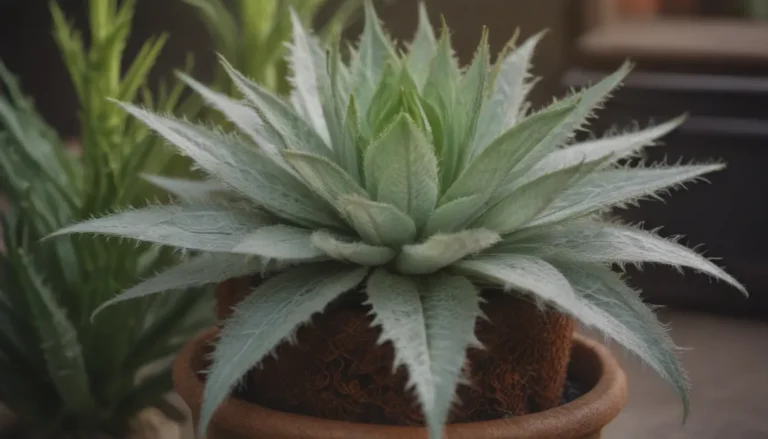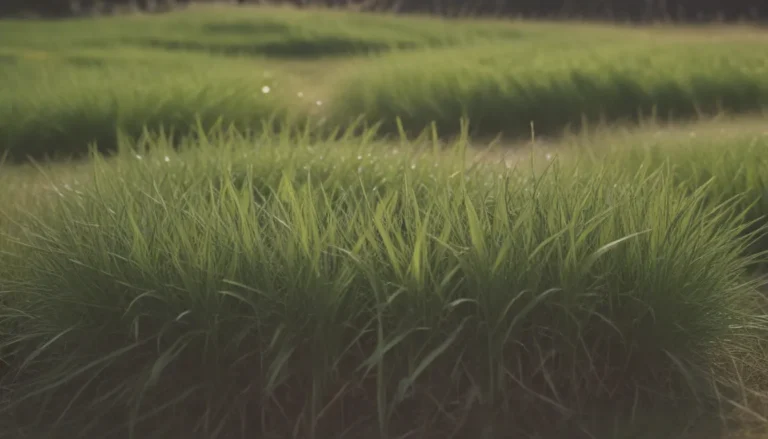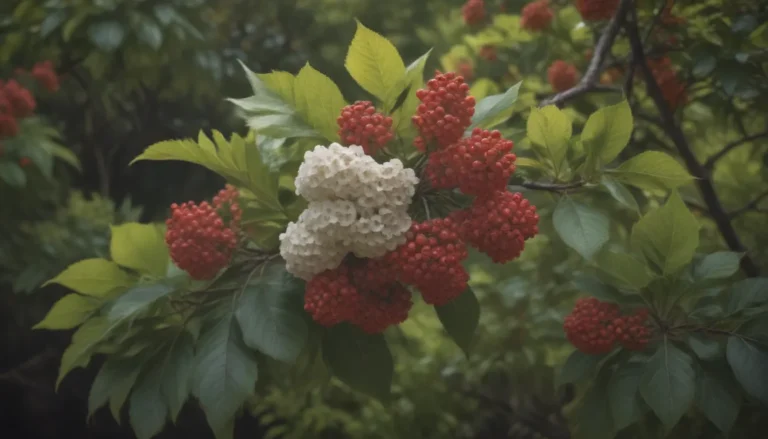Comprehensive Guide to Growing and Caring for Zebra Plants

If you’re a plant enthusiast looking to add a touch of exotic beauty to your indoor space, the zebra plant is a fantastic choice. With its striking green and white-striped leaves and colorful blooms, the zebra plant is a popular houseplant that can add a pop of vibrancy to any room. However, caring for a zebra plant requires a delicate touch, as this species can be somewhat temperamental. In this comprehensive guide, we’ll explore everything you need to know about growing and caring for zebra plants, from light and soil requirements to watering tips and common pests.
Zebra Plant Care 101
Native to Brazil, the zebra plant has specific care requirements that must be met to ensure its health and vitality. Here are the key aspects of caring for a zebra plant:
Light
Zebra plants thrive in indirect light or partial shade, as they are accustomed to growing under the canopy of trees in warm and humid climates. Direct sunlight can cause the leaves to scorch, so it’s best to avoid exposing your zebra plant to intense sunlight. However, complete shade can prevent the plant from blooming, so find a balance that provides ample light without causing damage to the leaves.
Soil
A zebra plant prefers neutral to acidic soil conditions. A multi-purpose potting blend with added sand for improved drainage is ideal for zebra plants. To encourage flowering, fertilize the plant every one to two weeks during its growing season in spring and summer.
Water
Consistent moisture is crucial for zebra plants, but overwatering can lead to wilting leaves. Water your zebra plant thoroughly every few weeks, allowing the water to saturate the soil and drain out of the pot’s drainage holes. Use lukewarm water to simulate a natural rainstorm and avoid watering from above, which can lead to water sitting on the leaves.
Temperature and Humidity
Zebra plants thrive in moderate temperatures above 60 degrees Fahrenheit and humidity levels between 60 to 70 percent. Maintain a stable temperature for your plant, avoid drastic fluctuations, and protect it from extremes of hot or cold. If indoor conditions are too dry, consider using a humidifier or misting the plant lightly with lukewarm water.
Fertilizer
Regular fertilization can promote healthy growth and flowering in zebra plants. During the growing season, feed your plant with a fertilizer suitable for foliage and flowers every one to two weeks to support optimal growth.
Types of Zebra Plants
There are several varieties of zebra plants available, each with its unique characteristics:
- A. squarrosa ‘Dania’
- A. squarrosa ‘Fritz Prinsler’
- A. squarrosa ‘Leopoldii’
- A. squarrosa ‘Louisae’
- A. squarrosa ‘Snow White’
Propagating and Repotting Zebra Plants
Propagating a zebra plant can be done using stem cuttings in the spring, with new roots typically emerging within a month. Keep an eye out for new leaves as a sign of successful propagation. Repotting zebra plants is necessary every two to three years, or when the soil level drops. Simply replace the top layer of soil to provide fresh nutrients for the plant.
Common Pests and How to Deal With Them
Despite its exotic appearance, the zebra plant is susceptible to common pests such as aphids, mealybugs, mites, scale, and thrips. Use insecticidal soap or targeted remedies to eliminate these pests and keep your zebra plant healthy and thriving.
Encouraging Blooms in Your Zebra Plant
One of the challenges of caring for a zebra plant is encouraging it to bloom. Here are some tips for promoting blooms in your zebra plant:
Bloom Months and Duration
Zebra plants typically bloom in late summer or early fall, with blooms lasting up to six weeks. Provide adequate care and lighting to encourage flowering during the blooming season.
Blooming Characteristics
Blooms on a zebra plant consist of small, tubular flowers in bright yellow, complementing the plant’s dark green leaves. While they may emit a subtle fragrance, the blooms are generally not overpowering.
Promoting Additional Blooms
To encourage multiple blooms, ensure your zebra plant receives adequate sunlight and care. During the spring, place the plant in a location with intense but indirect sunlight to stimulate blooming. Trim back faded blooms to encourage new growth and blooms in the following season.
Addressing Common Problems with Zebra Plants
Despite your best efforts, you may encounter some common issues when caring for a zebra plant. Watch for the following problems and take appropriate action to safeguard your plant’s health:
Leaf Drop
Leaves dropping off the plant can indicate overwatering, underwatering, or insufficient humidity. Adjust your watering routine and provide additional moisture if the air around the plant is too dry.
Curling Leaves
Curling or crinkling leaves may result from excessive sunlight or high temperatures. Move the plant to a location with diffuse light to prevent leaf damage from intense sunlight.
Browning Tips
Browning leaf tips are often caused by excess light or fertilizer. Adjust the plant’s light exposure and reduce fertilization to prevent further browning.
In conclusion, growing and caring for a zebra plant requires attention to detail and a nurturing touch. By providing the right light, soil, water, and care, you can enjoy the beauty of this exotic plant in your home for years to come. Remember to monitor your zebra plant for signs of pests or issues and take prompt action to ensure its continued health and vitality. With proper care, a zebra plant can be a stunning addition to your indoor garden and a source of joy for plant enthusiasts.





